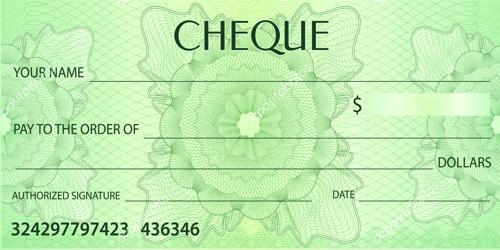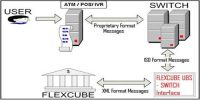A cheque is a negotiable instrument. It changes hands very easily. This creates a problem for the banker. He runs a risk. The customer is also not safe enough. An unscrupulous party, a thief, a finder, or any other, cheat may create trouble for both. It is, to guard against all these difficulties that a unique method called ‘Crossing’ was developed by bankers to effect the method of payment of negotiable instruments particularly Cheques very efficiently and safely. The crossing on a cheque is intended to ensure the payment the cheque to the right payee.
Objective: The objective of a cheque is to transfer money from your bank account to the person (or company) you named.
- To prevent the payment of a cheque to a wrongful holder.
- To assure safe payment of money to the genuine receiver of the proceeds of the cheque.
- To assure safety in circulation of cheques.
- To ensure the safe transmission of money from the sender (drawer) to the receiver (payee).
- It is very convenient to make payment by means of a cheque, thus avoiding carrying or transferring hard cash.
- The drawer of the cheque has the advantage of stopping the payment of the cheque at the last moment if needed.
A Cheque may be classified as –
(a) An open cheque: Which can be presented for the Payment by the holder at the counter of the drawer’s bank.
(b) A crossed cheque: Which can be paid only through a collecting bank?
A crossing of cheques does not affect its negotiability. Crossed cheques are negotiable by delivery in case they are payable to bearer and by endorsement and delivery where they are payable to order. The holder of a crossed cheque, who has no account in any bank, can obtain Payment by endorsing it in favor of the same person who has got an account in a bank.
Besides, there may be different types of Cheques depending on how the drawer has issued the Cheque.
- Open / Bearer Cheque
- Order Cheque
- Crossed Cheque
- Anti Dated Cheque
- Post Dated Cheque
- Stale Cheque
- Mutilated Cheque














